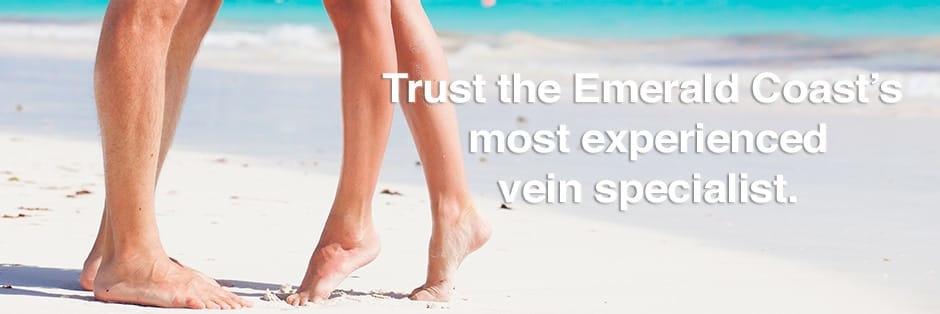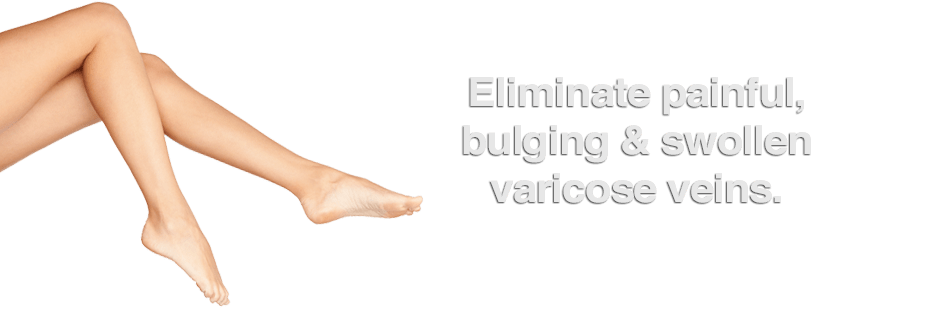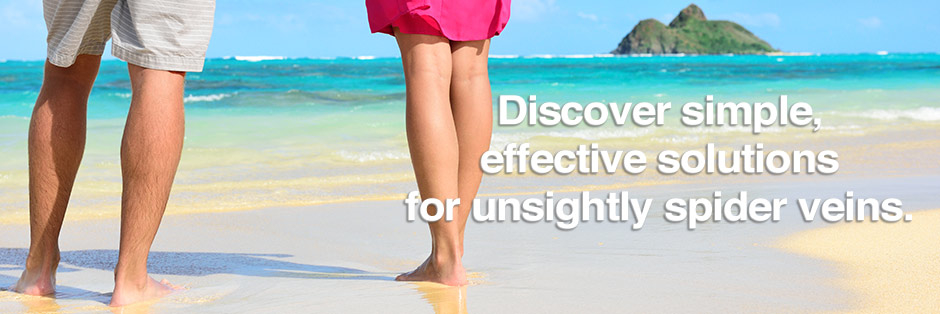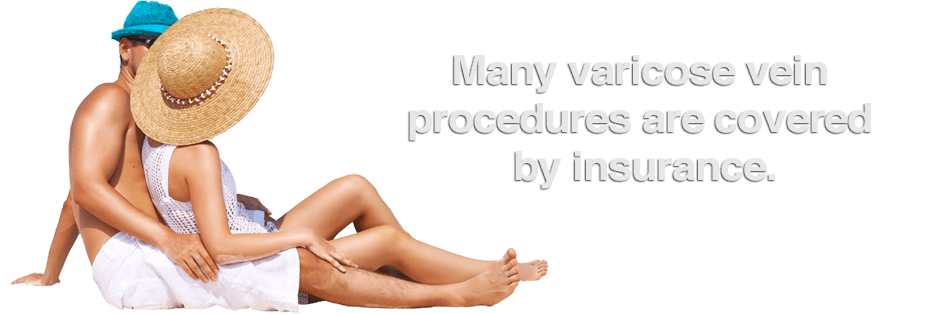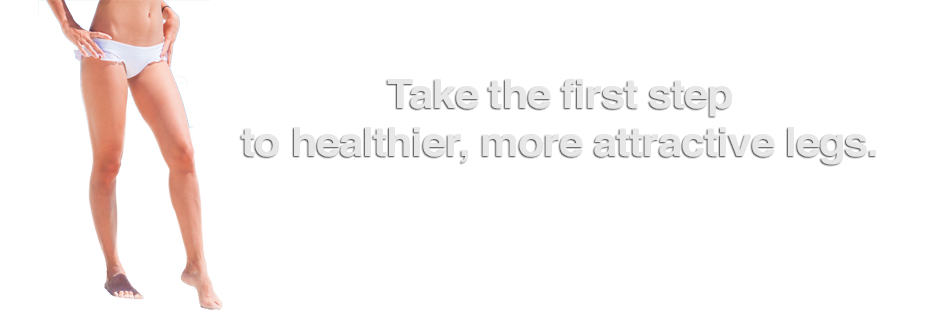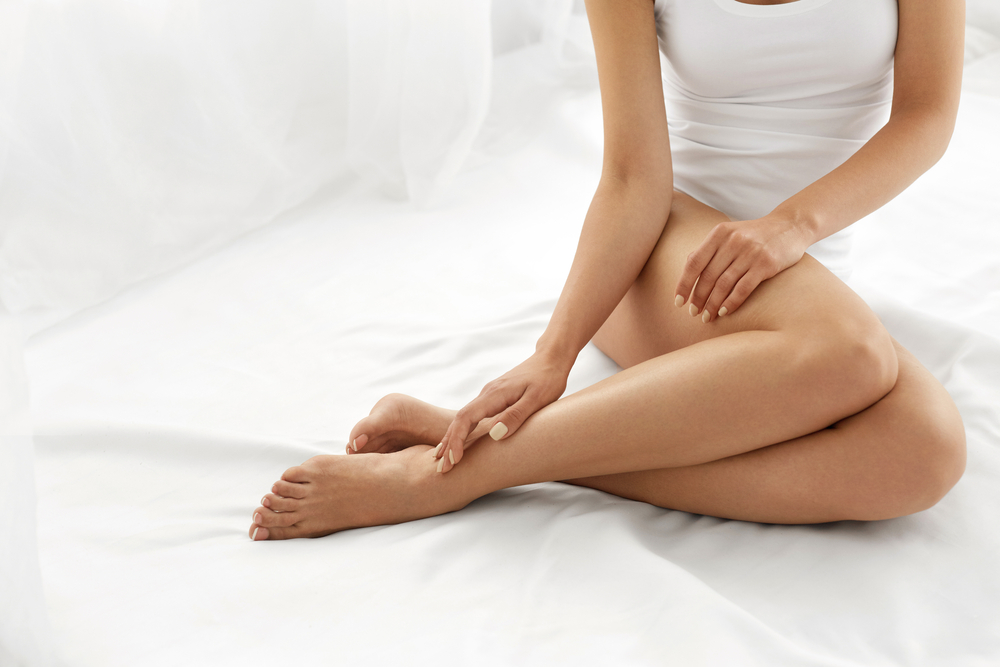
Women and Varicose Veins
Varicose veins plague both men and women, but women seem to suffer from these swollen vessels much more frequently. There are a number of reasons why women are more vulnerable to varicose veins than men overall. The good news is that if you do experience a few varicose veins over time, there are plenty of effective treatment options to eradicate the unsightly vessels and uncomfortable symptoms that often accompany them.
What causes varicose veins?
Most varicose veins are actually a visible sign of a vein disorder known as venous insufficiency. This condition develops when veins stop working properly, allowing blood to reflux back in the vessel rather than moving in a single direction back to the heart. The extra blood in the vein leads to weakening and swelling of the vessel. Eventually, a varicose vein appears on the surface of the skin.
Venous insufficiency does not go away or improve on its own. Like any medical condition, this disorder must be properly treated to ensure the disorder is sufficiently addressed and no further complications arise. Venous insufficiency tends to occur more often in women than men for a number of reasons. Understanding risk factors will help you to understand why the female population is more prone to this disorder.
Risk Factors
There are a number of reasons why some people are more prone to venous insufficiency than others:
- Genetics – when your parents have varicose veins, you risk increases significantly
- Age – the condition is more common in adults over the age of 50
- Weight – added pounds tend to put more pressure on those lower leg veins
- Lack of Exercise – flexing of the calf muscle helps move blood back up the body
- Occupation – If your work requires long periods of sitting or standing, your risk may be higher
There are also risk factors that are common to women, which makes this disorder more prevalent among the female population.
The Female Factor
The American College of Phlebology estimates that as many as half of all women suffer the cosmetic embarrassment of varicose veins and many also experience uncomfortable physical symptoms associated with venous insufficiency. That is four times more women than men that experience these conditions. One of the primary reasons women are more vulnerable is estrogen, a hormone in the female body that tends to relax vein walls.
This function is important during pregnancy to accommodate the increased blood flow in a woman’s body during those nine months. In addition to the hormonal factor, the increasing size of the uterus during pregnancy stresses a woman’s hard-working lower leg veins, making them more vulnerable to damage. This is why many women see varicose veins form during pregnancy. In some cases, the veins disappear after the baby arrives, but other women see those bulging vessels linger long after their pregnancy.
Women may also have a higher risk for varicose veins if they tend to wear high heels frequently. This type of shoe prevents the calf muscle from flexing properly when you walk. Since the flexed calf muscle helps to push blood through the lower leg veins, when it doesn’t work properly, the veins have to work that much harder. This can also make them more prone to damage and varicosity.
Treatment Options
Fortunately, women have a number of treatment options for varicose veins available at the Vein Center of Florida & South Baldwin. We offer state-of-the-art procedures to eliminate swollen veins and their uncomfortable symptoms with minimal discomfort and downtime involved. To learn more, contact the Vein Center of Florida & South Baldwin today at 800-910-8346.
